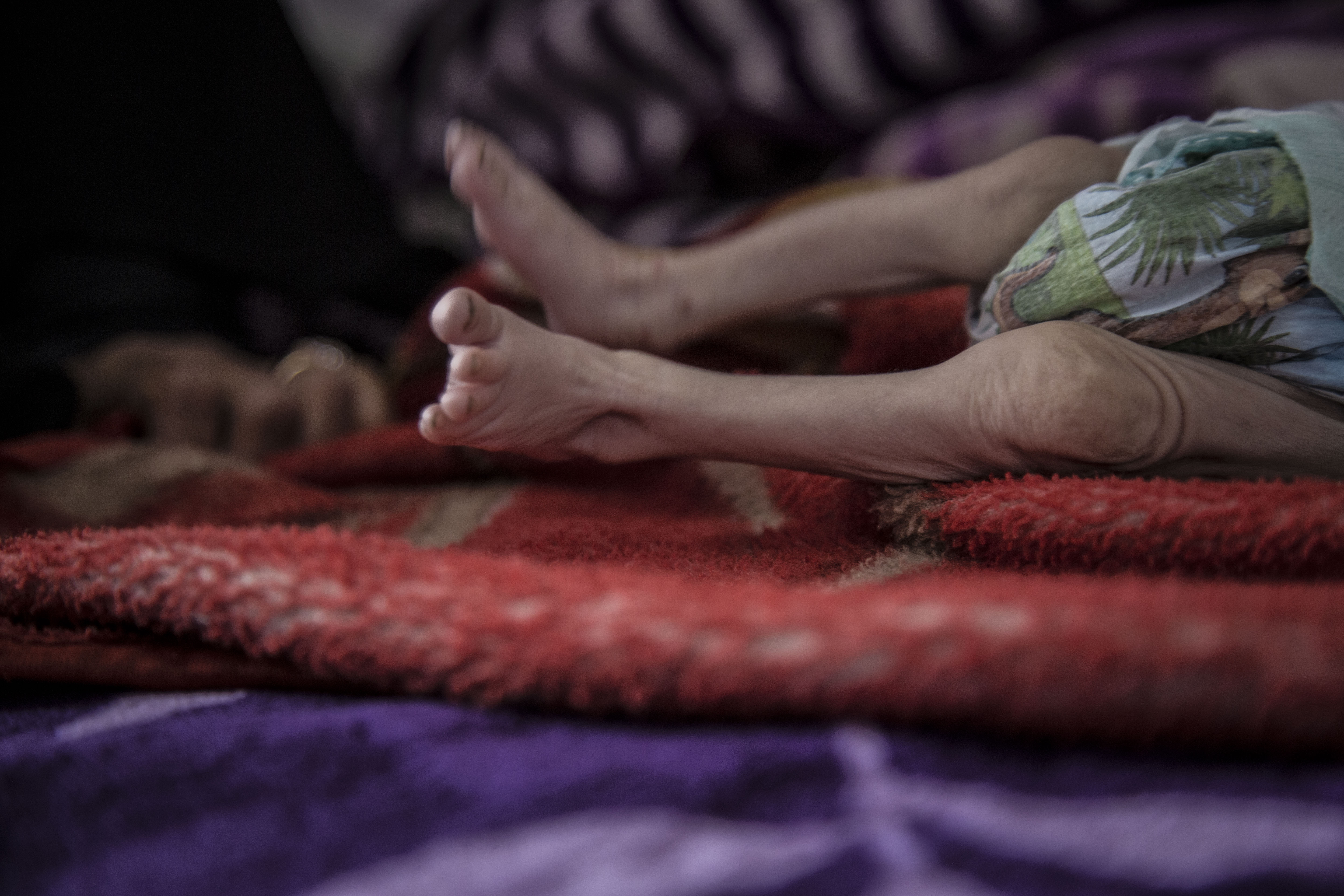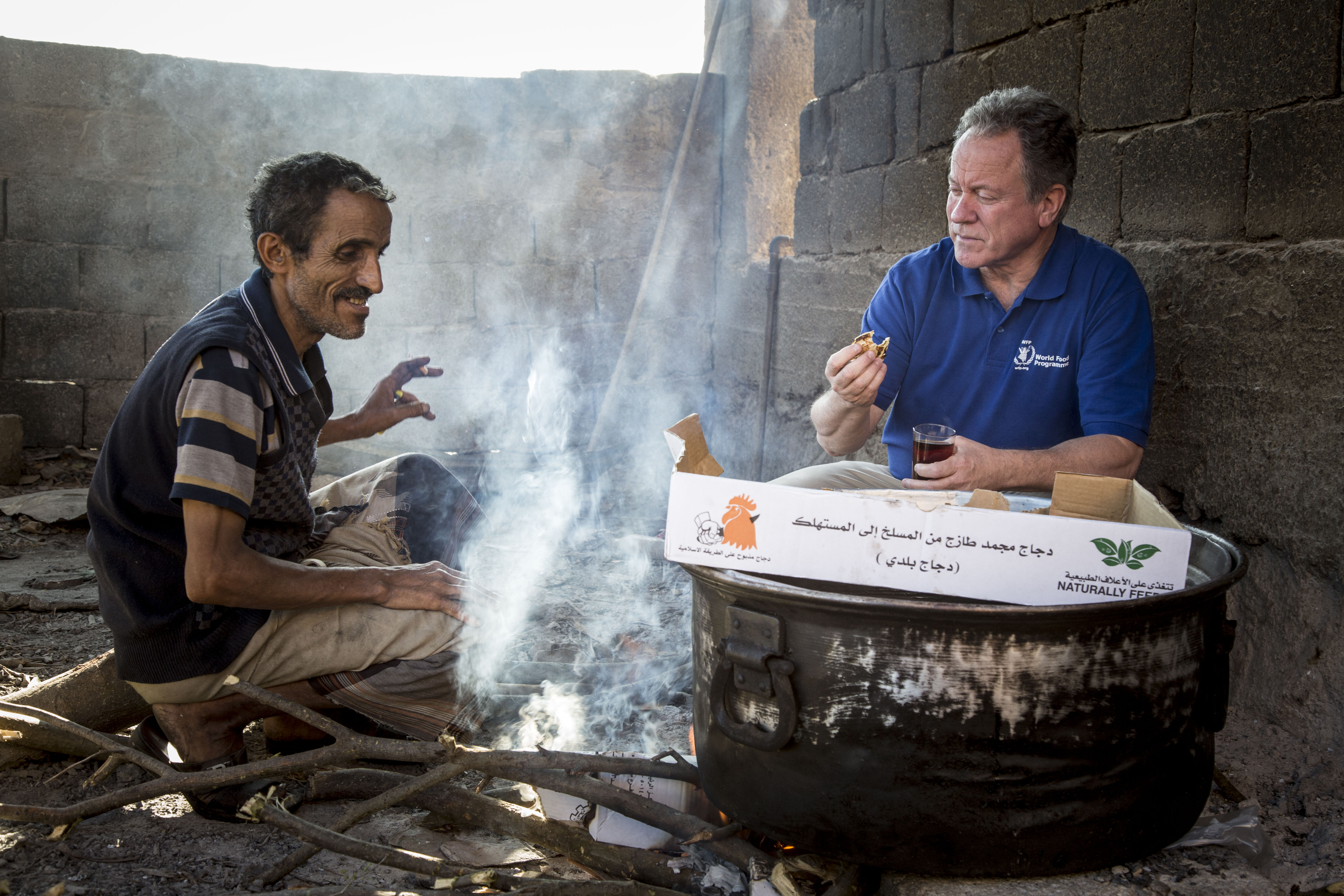Thousands of tons of food aid near Yemen’s flashpoint port city of Hodeida is infested with insects and must be fumigated to feed millions of people, the United Nations said Wednesday.
Last month, a team from the U.N.’s World Food Program visited the Red Sea Mills warehouse for the first time since September, when they became inaccessible due to the conflict between pro-government forces and the Huthi rebels.
“WFP carried out a full assessment of the condition of the wheat and laboratory tests confirmed it was infested with insects which has resulted in some hollow grains,” said spokesman Herve Verhoosel.
“The wheat needs to be fumigated before it can be milled into flour.”
Tragic Setback
Before the U.N. lost access in September the Red Sea Mills held 51,000 tonnes of grain, which was enough to feed more than 3.7 million people for a month.
However, Verhoosel said the WFP anticipates the flour yield will be “slightly lower” than normal because of the damage caused by insects.
“At this stage we cannot confirm how much flour we will be able to get from the wheat at the Red Sea Mills,” he said.
“WFP is awaiting final clearance from the local authorities for a follow-up operation to the Red Sea Mills in order to begin the fumigation and to restart milling operations.”


Photo: WFP/Marco Frattini
The mission follows an agreement struck in Sweden in February, in which Yemeni rivals agreed to redeploy their fighters outside the ports and away from areas that are key to the humanitarian relief effort.
The ports are in the rebel-held west of the country, and the agreement especially set out free access to the grain warehouses at Red Sea Mills, under control of the Saudi-backed government forces.
More Vulnerable Than Ever Before
Yemen is the site of the world’s worst humanitarian crisis, according to the U.N.
The war escalated in March 2015, when President Abedrabbo Mansour Hadi fled to Saudi Arabia, and a Saudi-backed coalition – supported significantly by the United States – intervened against Huthi rebels, who have become increasingly aligned with Iran.
Since then, the conflict has directly killed around 10,000 people – most of them civilians – and has left more than 60,000 wounded, according to the World Health Organization.
Additionally, some 85,000 children under the age of five-years-old have died of malnutrition and disease related to the conflict.
The U.N. human rights chief warned Wednesday that children in Yemen continued to be killed and maimed at an alarming rate, despite a three-month-old truce in a vital port.
Photo: WFP/Marco Frattini
“Since the Stockholm agreement on December 13, it is estimated that eight children have been killed or injured in Yemen every day,” Michelle Bachelet told the UN Human Rights Council in Geneva.
“Yemeni civilians, including children, are now more vulnerable and hungrier than at any time since March 2015.”
More on the Subject
As lawmakers in the United States Senate prepare to vote on a resolution to end American involvement in the war in Yemen, humanitarian officials are warning that the country is on the brink of a near-apocalyptic disaster.
“The violence will have to stop. Unless it does, this country will become a country of living ghosts,” Abeer Etefa, the Senior Spokeswoman for the United Nations World Food Program, told The Globe Post.

